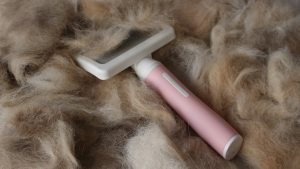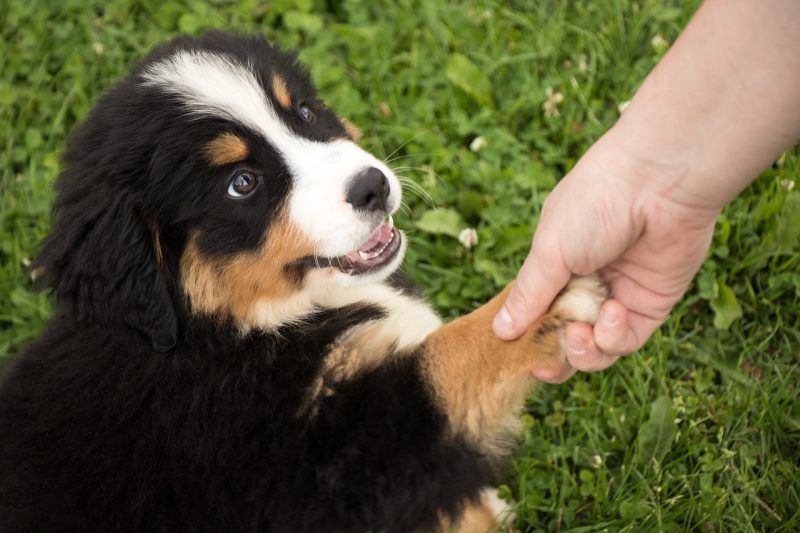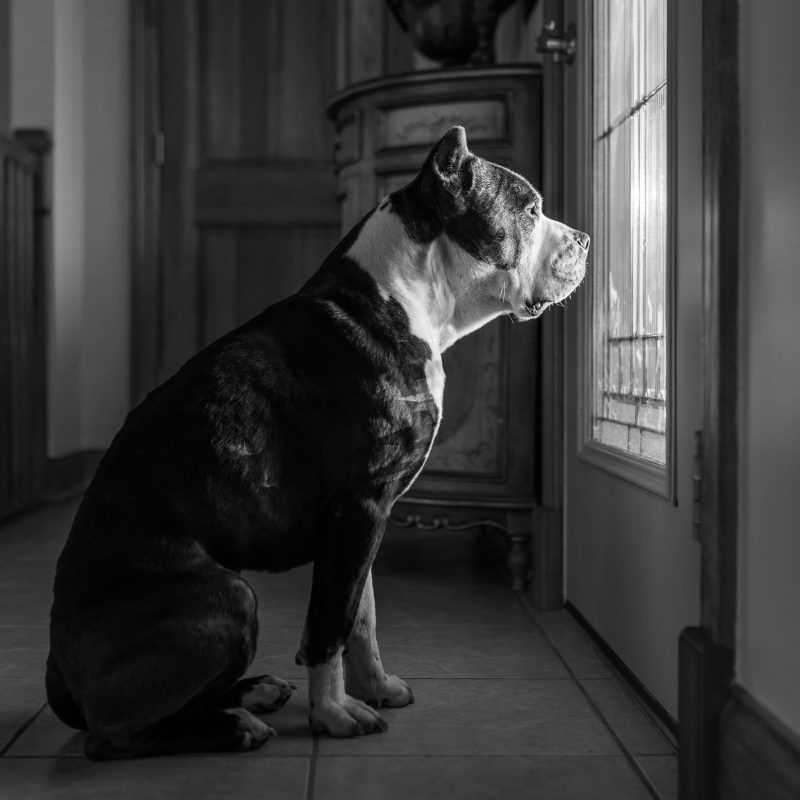Hypoallergenic Dogs
Do you love dogs but find yourself sniffling and sneezing around certain breeds? You’re not alone. Approximately 10-30% of people are allergic to dogs. But that doesn’t mean you have to live without a furry companion by your side. Hypoallergenic dogs produce less dander and saliva – the common allergens that cause reactions in people. With the right breed choice and proper care, you can enjoy life with a dog, allergy-free!
What Makes a Dog Hypoallergenic?
You likely know people who claim to be “allergic to dogs,” but what they’re actually allergic to are proteins found in dog dander, saliva, and urine. Dander is tiny flakes of skin that dogs naturally shed. The less dander a particular dog sheds, the less likely they are to trigger allergies.
Some dog breeds produce fewer allergens than others, meaning:
- They shed less dander and fur
- Produce less saliva
- Their urine contains fewer allergy-triggering proteins
So while no dog is 100% non-allergenic (even hairless dogs produce dander!), certain breeds cause fewer allergic reactions, making them “hypoallergenic.”
Benefits of Hypoallergenic Dogs
Owning a hypoallergenic dog offers major benefits if you suffer from allergies:
- Enjoy canine companionship without pesky allergy symptoms
- Avoid costly allergy treatments like shots or daily medications
- Prevent asthma flare-ups triggered by exposure to allergens
- Decrease risk of developing new dog allergies over time
For kids with dog allergies, being around a hypoallergenic breed makes it possible to reap all the rewards of dog ownership:
– Unconditional love and affection
– Increased opportunities for exercise and outdoor play
– Socialization and responsibility skills
– Emotional support
– And so much more!
Understanding Hypoallergenic Breeds
What qualities make certain breeds more compatible for allergy sufferers? Here’s a breakdown of typical hypoallergenic dog characteristics:
They Have Hair, Not Fur
Dogs with hair that grows continuously (like poodles) shed less dander than heavy shedders with thick fur coats (like Labrador retrievers).
They Produce Less Dander
Breeds like bichon frises have tight, dense curled coats that trap dander closer to the skin rather than releasing it into the air.
They Don’t Salivate Much
Dogs like shih tzus don’t drool much, meaning there’s less allergy-triggering saliva present to cause reactions.
Their Urine Contains Fewer Allergens
For reasons not fully understood, urine from breeds like Maltese creates fewer allergic issues.
Notable Examples of Hypoallergenic Breeds

If you’re searching for an allergy-friendly dog, here are some of the most recommended hypoallergenic breeds:
- Poodles – Available in toy, miniature, and standard sizes, poodles have tight curly coats that produce little dander. They do require professional grooming every 4-6 weeks.
- Maltese – Adorable little white furballs, Maltese shed very little and don’t salivate much. Their long silky hair does require daily brushing.
- Bichon Frise – A petite and playful breed with a cloud-like coat that traps dander and sheds minimally. Do expect to visit the groomer frequently.
- Shih Tzu – Surprisingly, this long-haired breed sheds only moderately and produces little dander thanks to their unique double coat.
- Yorkshire Terrier – Yorkies have a distinctive fine and silky steel-blue and tan coat that sheds very little, making them ideal for allergy sufferers.
While the aforementioned breeds cause fewer allergic reactions than others, remember that no dog is 100% hypoallergenic. Any breed has the potential to aggravate allergies depending on the individual person. Always spend time around any new dog and monitor your symptoms carefully.
Allergy-Friendly Grooming Practices
To further reduce allergens, incorporate these grooming habits:
- Brush frequently – Daily brushing traps loose hairs and keeps dander from escaping into the air.
- Bathe regularly – Bathing washes away dander, saliva residue, and other allergens clinging to the coat. Vet-approved hypoallergenic shampoos help.
- Trim hair – Keep hair trimmed, especially around paws, to prevent it from collecting pollen and irritants during outdoor play sessions.
- Clean messes ASAP – Immediately clean up any urine, feces, or vomit to remove allergens. Consider indoor potty pads if you have severe allergies.
Best Practices for Allergy-Prone Owners
If you’re sensitive to dogs, implement these tips for minimizing exposures:
- Vacuum frequently using a HEPA filter to remove lingering dander and hair.
- Groom outside if possible or in an easy-to-clean tiled area to avoid scattering allergens in carpets and fabrics.
- No dogs on furniture – Don’t allow dogs on couches, beds, etc. where they can transfer allergens that trigger reactions.
- Wash items regularly – Launder dog beds, blankets, toys, and your own linens weekly.
- Limit licking/kissing – As cute as it is, contact with saliva can cause allergy flares.
- Bathe after playtime – Wash your own body and even change clothes after cuddling or playing with a dog.
Hypoallergenic Dogs and Health Considerations
While mixed breed pups can also produce fewer allergens, note that certain purebreds are prone to genetic conditions.
- Poodles – orthopedic issues, epilepsy, eye problems
- Maltese – collapsed trachea, hydrocephalus, kidney issues
- Bichon Frise – bladder stones, skin infections, dental disease
- Shih Tzu – respiratory troubles, hip dysplasia, dental anomalies
- Yorkshire Terrier – chronic bronchitis, kneecap dislocation, hypothyroidism
So consult your vet about required health screens for any breed you’re considering. With knowledgeable care and ownership, it’s possible to find a hypoallergenic best friend who brings years of healthy happiness.
Still Unsure Where to Start Your Hypoallergenic Search?
Schedule some meet-and-greet time at your local shelter or breed-specific rescue group. You may discover an allergy-friendly mutt or lovable purebred eager to become your new BFF!
Frequently Asked Questions
What about doodle mixes like Goldendoodles?
Designer mixes like Goldendoodle puppies (Golden Retriever x Poodle) may shed less than purebred Golden Retrievers. But their grooming needs and allergen production can vary widely depending on which parent they take after.
Can you develop allergies to dogs over time?
Yes, repeated exposure can cause someone to develop new dog allergies. Using air filters, washing bedding frequently, and bathing dogs often helps reduce this risk.
What about allergy shots for dog allergies?
Allergy shots and medications don’t make dogs less allergenic but they can help your immune system become less reactive to allergens. So these treatments may enable living comfortably with dogs.
I hope you found this guide to hypoallergenic dogs helpful and entertaining! Let me know if you have any other questions – I’m happy to offer more insights so you can make the best decision for you and your future companion.



